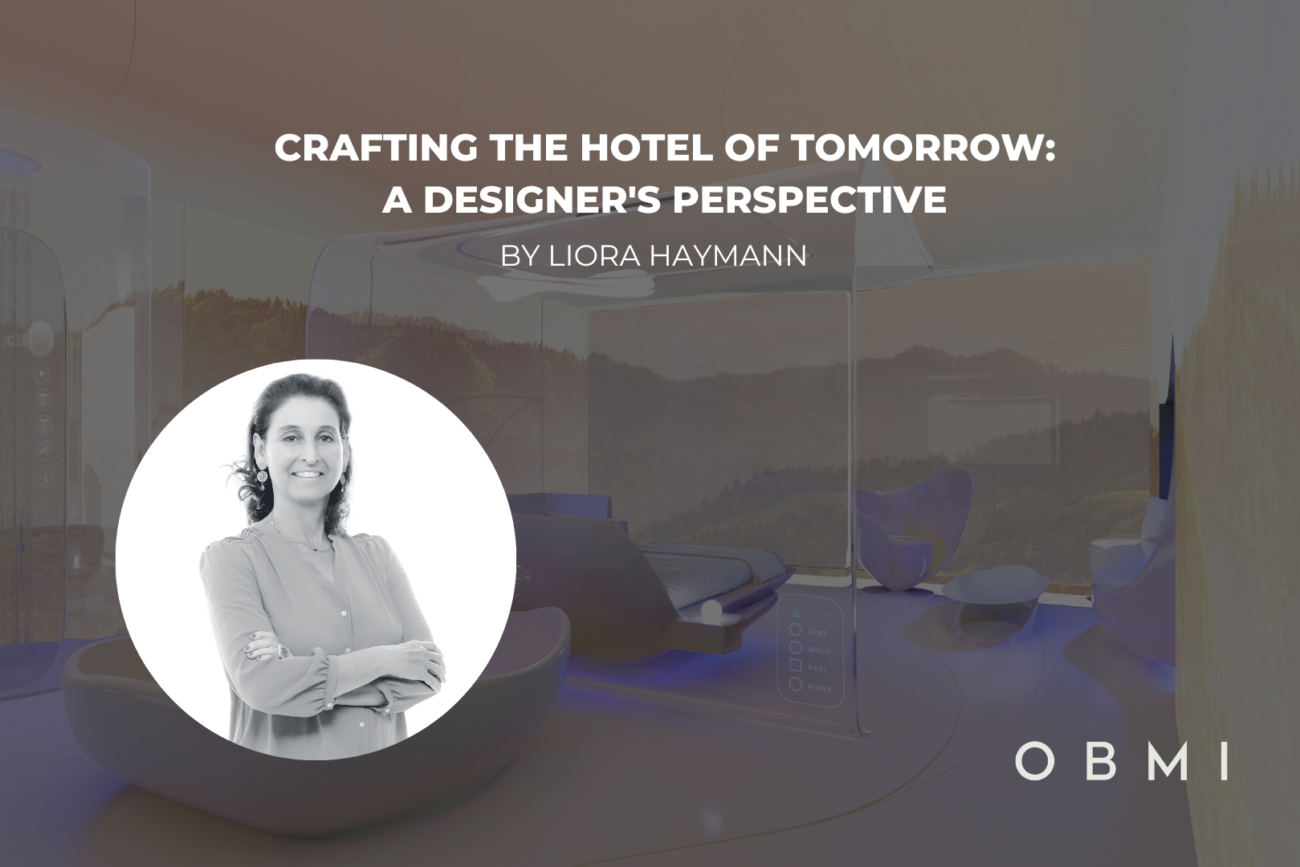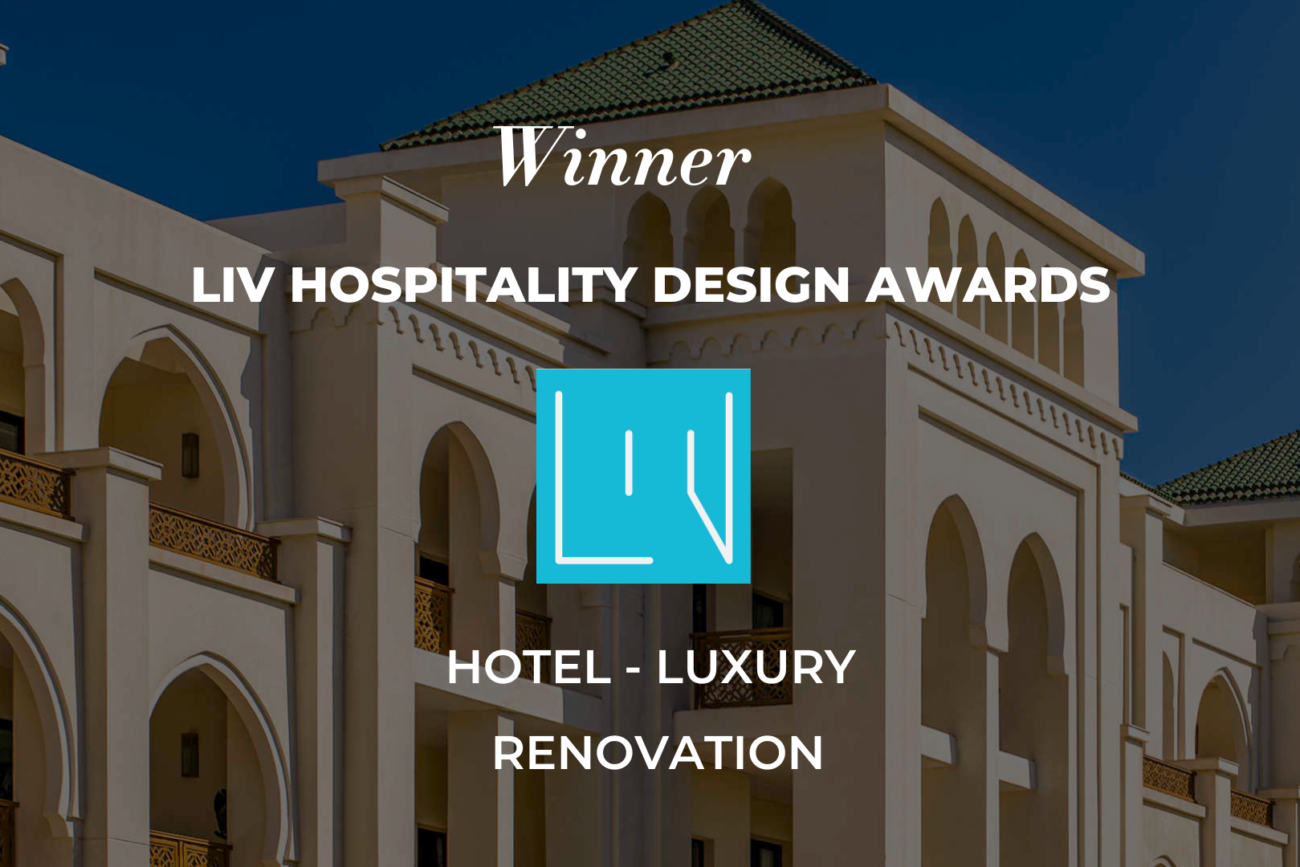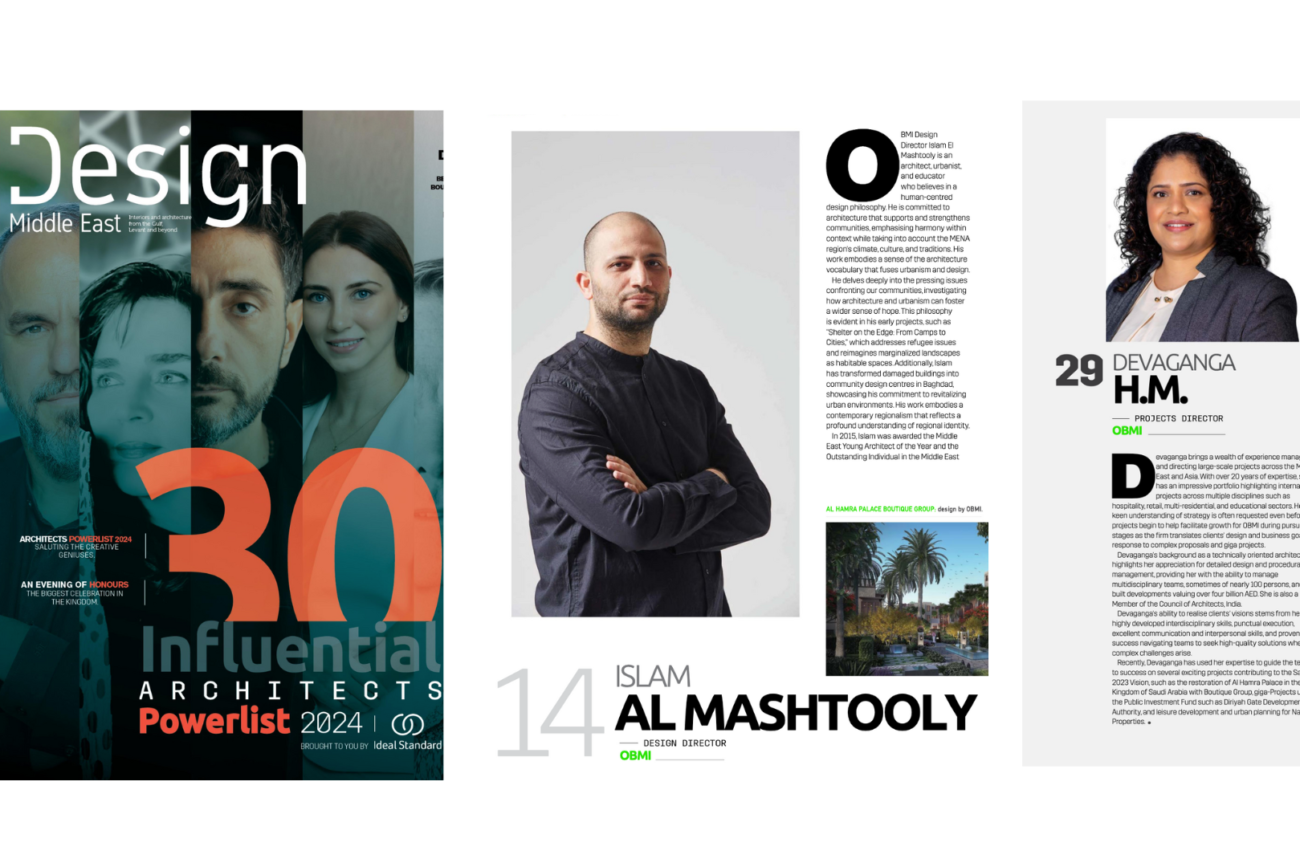Global Design Concepts Impacting the Hospitality Sector
Identifying the top five trends that will shape the future of hospitality design & investment.
As an architect and Chairman of a global design firm who has the privilege of designing hospitality projects worldwide, I have seen my fair share of trends come and go. In an industry where so much inspiration is drawn from the natural progression and ease of one’s daily life and the environment surrounding it, it is of utmost importance that designers have a talent for honing these concepts.
Recent emerging trends and values have rapidly been introduced to all areas of the hospitality industry. Architects and designers have a responsibility to evaluate these trends and allow them to influence the creation of spaces that feel safe, culturally authentic, and environmentally conscious to innovatively design the next era of hotels and resorts. To do so, we must first dive into the current trends in hospitality design. Five of the most notable include:
1. REWILDING
Travellers have begun to rethink their vacations. Trips that were once a luxury resort with an unobstructed view of the ocean have been reconsidered to experience the natural wonder of the environment while immersed in sustainable structures that leave no trace. The idea is to bring people back to a balanced state via ‘rewilding’ efforts by following the instincts of the wildlife that roam in nature by picking up and moving on, leaving no impact from tourism development. To allow for this type of travel experience, designers consider moveable, flexible structures inspired by nature that adapt to their environment, just like flora and fauna. OBMI has created the concept of Habitāre, a moveable hotel that would make it possible to develop in previously inaccessible locations, providing luxury lodging options for guests looking to immerse themselves in the environment.
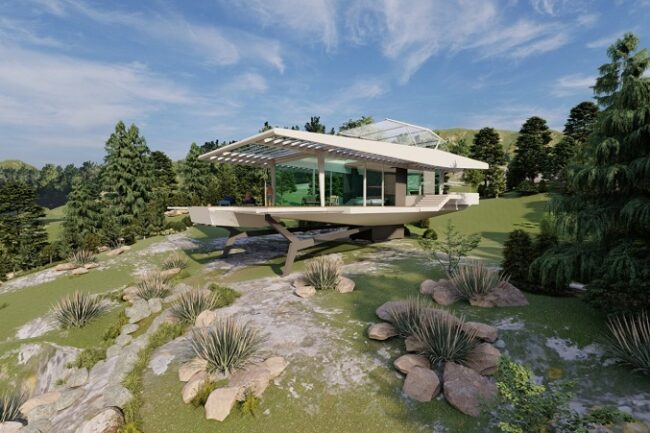
Moveable Hotel; OBMI’s HABITĀRE
2. NET POSITIVE
The recent spate of record temperatures and natural disasters underlines the challenge we face with global warming, adding a new layer of complexity to the impact of tourism. Travellers now must evaluate their footprint; how can they feel good about travel and somehow leave each piece of the world better than they found it? Regenerative tourism is part of that answer, offering purpose-driven travel. Architecture’s role in this is apparent; eco-friendly accommodations, long a part of sustainable tourism, are an essential component of regenerative destinations. However, the impact of travel is far more profound. Architects must design entire destinations, to be regenerative. The change in approach recognizes destination creation as storied places, weaving the project into the fabric of the community while participating in circular economies that benefit their local communities and surrounding habitat.
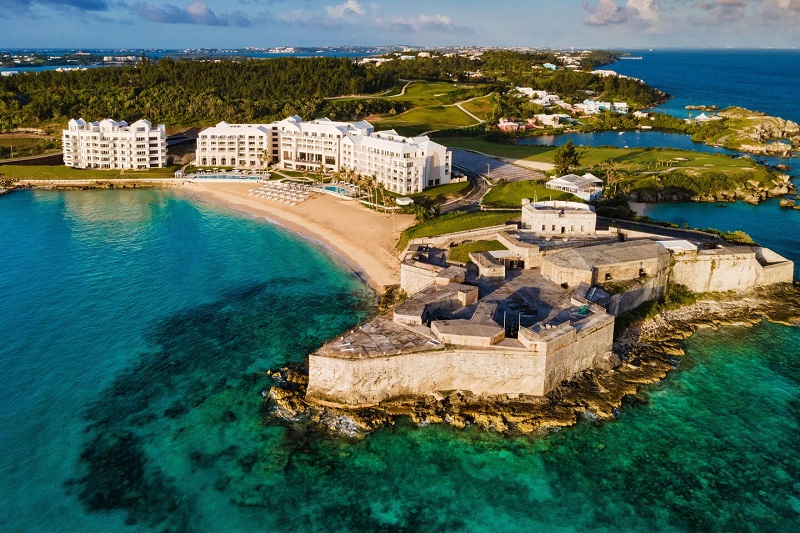
Preserving Heritage at UNESCO World Heritage Site; St. Regis Bermuda
3. ADAPTIVE RE-USE
Adaptive reuse has long garnered headlines, but it’s no longer just about repurposing historic properties in primary markets to entice millennials. By looking at the historic architecture, designers can identify projects that will allow for a renovation that creates a new life for the structure and its place in the neighbouring community. Our team had the privilege of designing and repurposing the beautiful Tazi Palace as a luxury hotel. The primary emphasis was to artistically blend the old with the new, focusing on the re-imagined property’s exterior spaces and common areas. Due to the broad benefits of restoring and refurbishing existing structures, we have seen a rise in financial incentives being offered by governments and an increased level of interest by investors, driving the consideration of ESG investing (environmental, social, and governance). Applying these non-financial factors as part of their analysis process allows investors to identify material risks and balanced opportunities.

Newly Renovated Historic Building in Tangier, Morocco; Tazi Palace
4. TRACEABILITY & TRANSPARENCY
With a heightened focus on wellness among travellers, we have seen an increase in the holistic approach to Food & Beverage concepts. Guests now expect to see traceable authenticity of products, bringing farm-to-table experiences to the forefront, serving complete access to the source, freshness, storage, and preparation of ingredients to all. Open kitchen concepts are becoming more popular, providing transparency into the back of the house and meeting wellness-minded patrons’ needs with a higher degree of transparent cleanliness.

Sustainable Farm On-Site for Resort’s Beachside Dining Concepts; Rosewood Little Dix Bay
5. URBAN RESORTS
Increased urbanization creates the opportunity for designers to experiment with the idea of fusing the vibrancy and culture of a world-class city, the tranquillity and luxury amenities of a traditional resort and meeting the growing demand for prestigious domestic tourism. These behaviours are leading architects rethink the resort model, designing a resort that fits into an urban skyline instead of requiring a large plot of land on a remote island. This type of vertical resort design can be visualized in OBMI’s concept, Aera. Not only does this idea lower the carbon footprint by focusing on domestic travel instead of international, but it also does not require guests to sacrifice luxury. Vertical resorts offer a breath of fresh air within the city for both tourists and local communities by integrating biophilic design and hosting events that liven up the city.
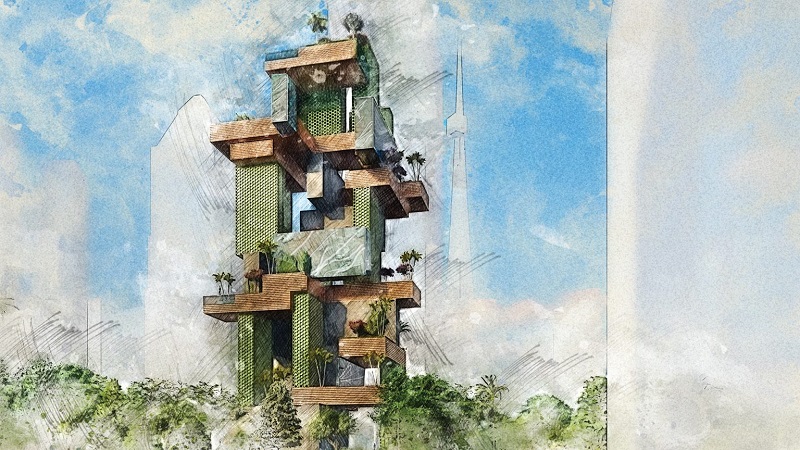
Vertical Resort; OBMI’s Aera
Conclusion:
It is essential that architects and interior designers are aware of how the new and emerging values and trends have defined the future of hospitality design and investment across the globe. With this knowledge, those in our industry can design spaces that better suit the needs of their guests and the environment. Contact our luxury architects today to learn more about global design concepts impacting the hospitality sector.



